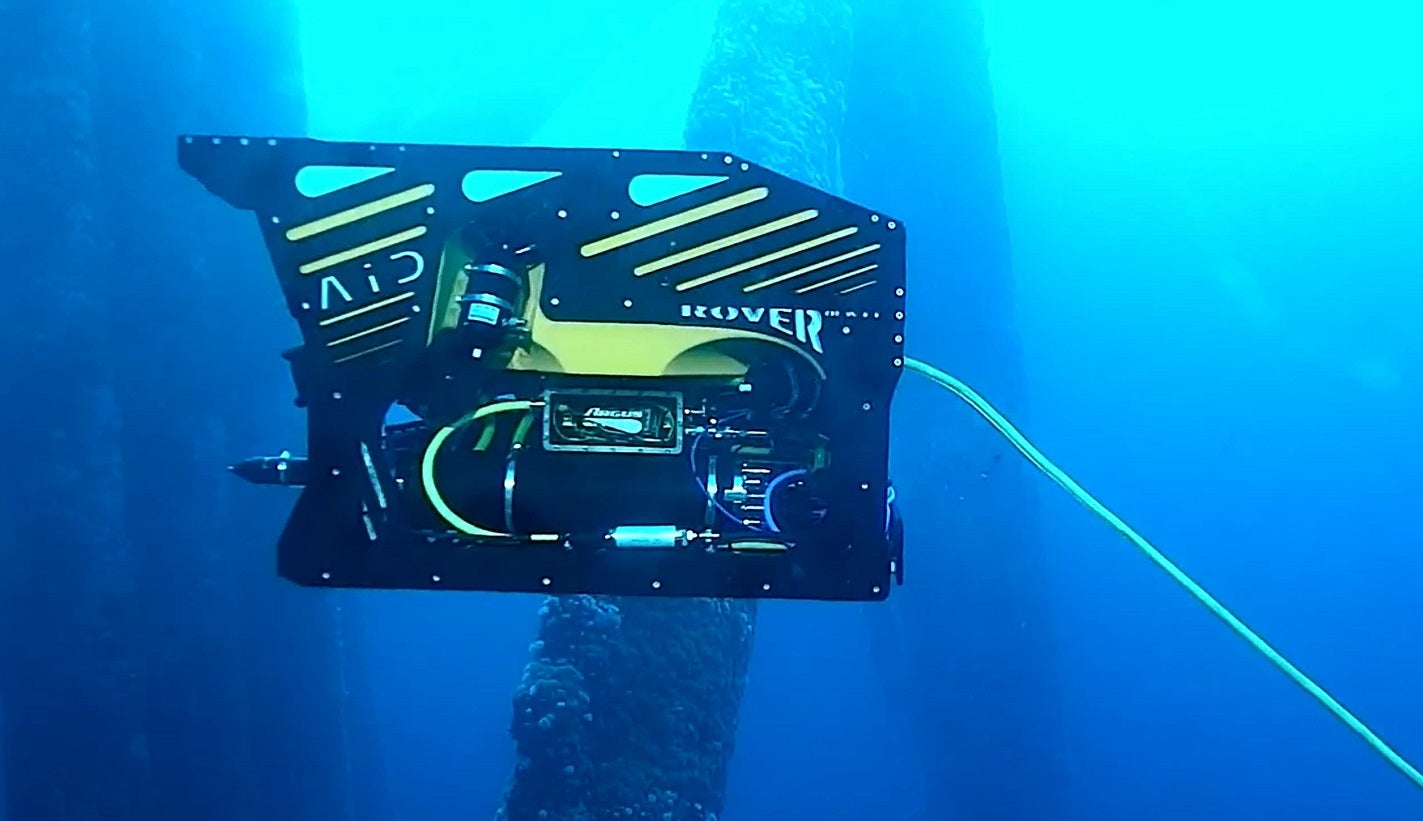
Ocean services provider DeepOcean has deployed its first autonomous inspection drone (AID) designed for inspecting offshore wind farms and oil and gas assets.
Mobilised on board the Edda Fauna subsea Inspection, Maintenance and Repair and Remotely Operated Vehicle support vessel, the AID will undergo offshore trials in the coming months.

Discover B2B Marketing That Performs
Combine business intelligence and editorial excellence to reach engaged professionals across 36 leading media platforms.
The vessel is currently on a long-term charter with DeepOcean.
DeepOcean plans trial the AID, which can operate in water depths down to 3,000m, under one of its annual inspection campaigns on the Norwegian continental shelf, for an undisclosed operator.
DeepOcean technology manager Craig Cameron said: “A rapidly growing amount of subsea infrastructure is placed on the seabed within both the offshore renewables and oil and gas industries. This equipment needs to be inspected regularly.
“We have developed the AID to increase efficiency and accuracy when collecting inspection data. It has the potential to substantially reduce the cost, time and environmental footprint that is normally associated with subsea inspection work.”

US Tariffs are shifting - will you react or anticipate?
Don’t let policy changes catch you off guard. Stay proactive with real-time data and expert analysis.
By GlobalDataDeveloped by DeepOcean in a partnership with Argus Remote systems and Vaarst, the AID project is backed by funding from AkerBP.
Remota AS, a joint venture between DeepOcean, Solstad Offshore and Østensjø Group, is responsible for undertaking offshore operations through digitalized control systems from onshore.
The AID is based on Argus Remote Systems’ Rover MK2 ROV, and Argus is responsible for the AID platform and navigation algorithm.
Vaarst is responsible for the machine vision camera Subslam 2x for autonomous navigation and data collection while DeepOcean in charge of the digital twin platform, mission planner software, and live view of the AID in operation.
Cameron said: “The AID can perform pre-programmed inspections of all subsea assets. This means that significant value can be created for operators of offshore energy assets when the same inspection scope can be repeated year on year.”





